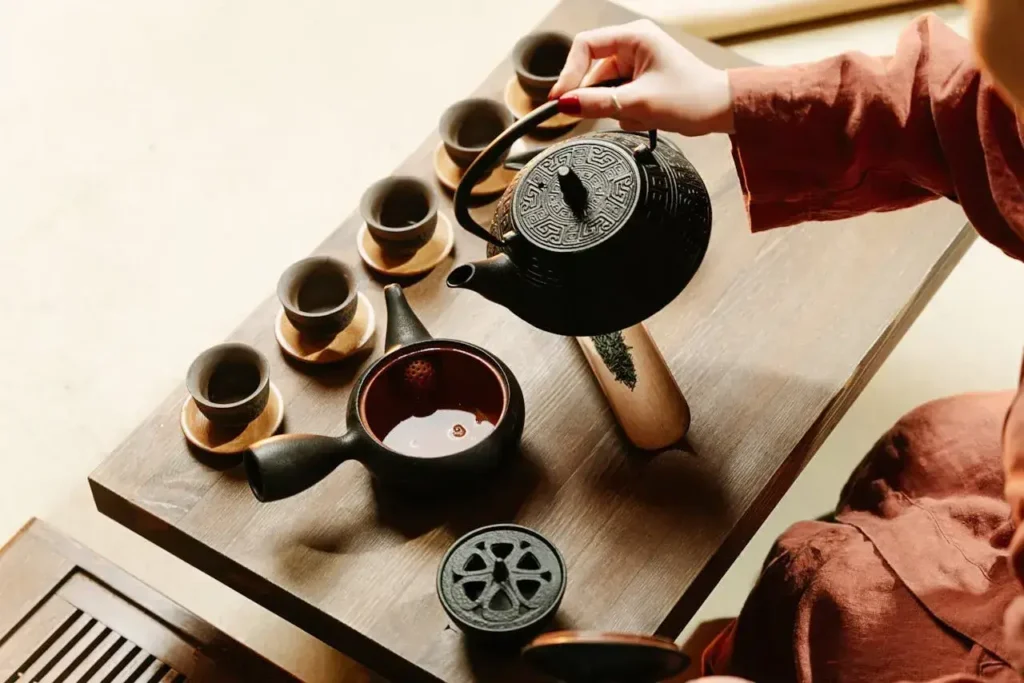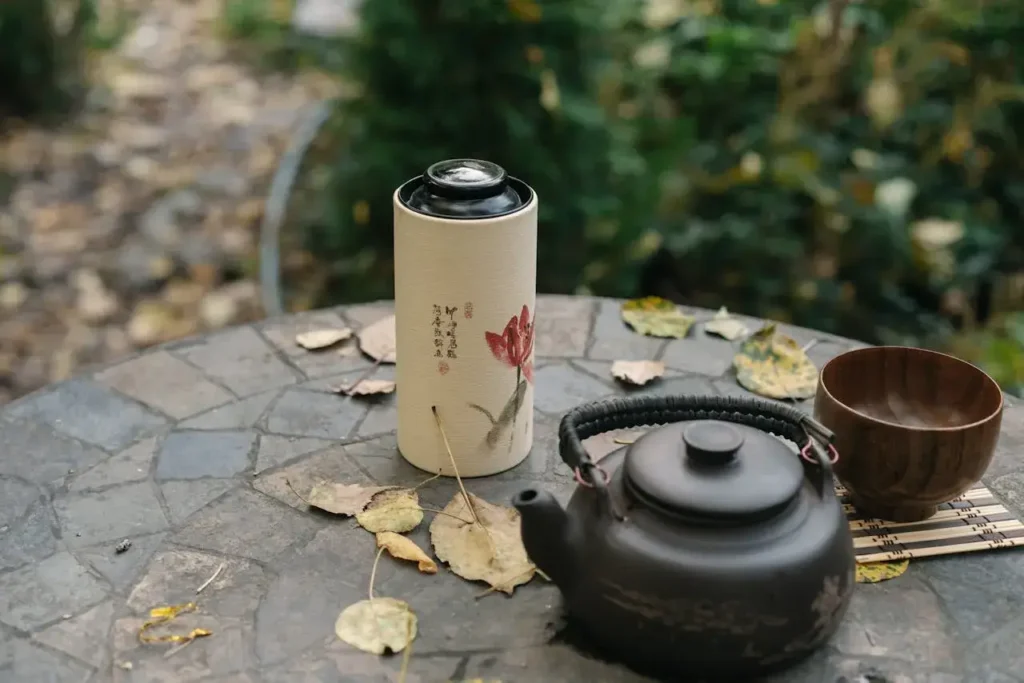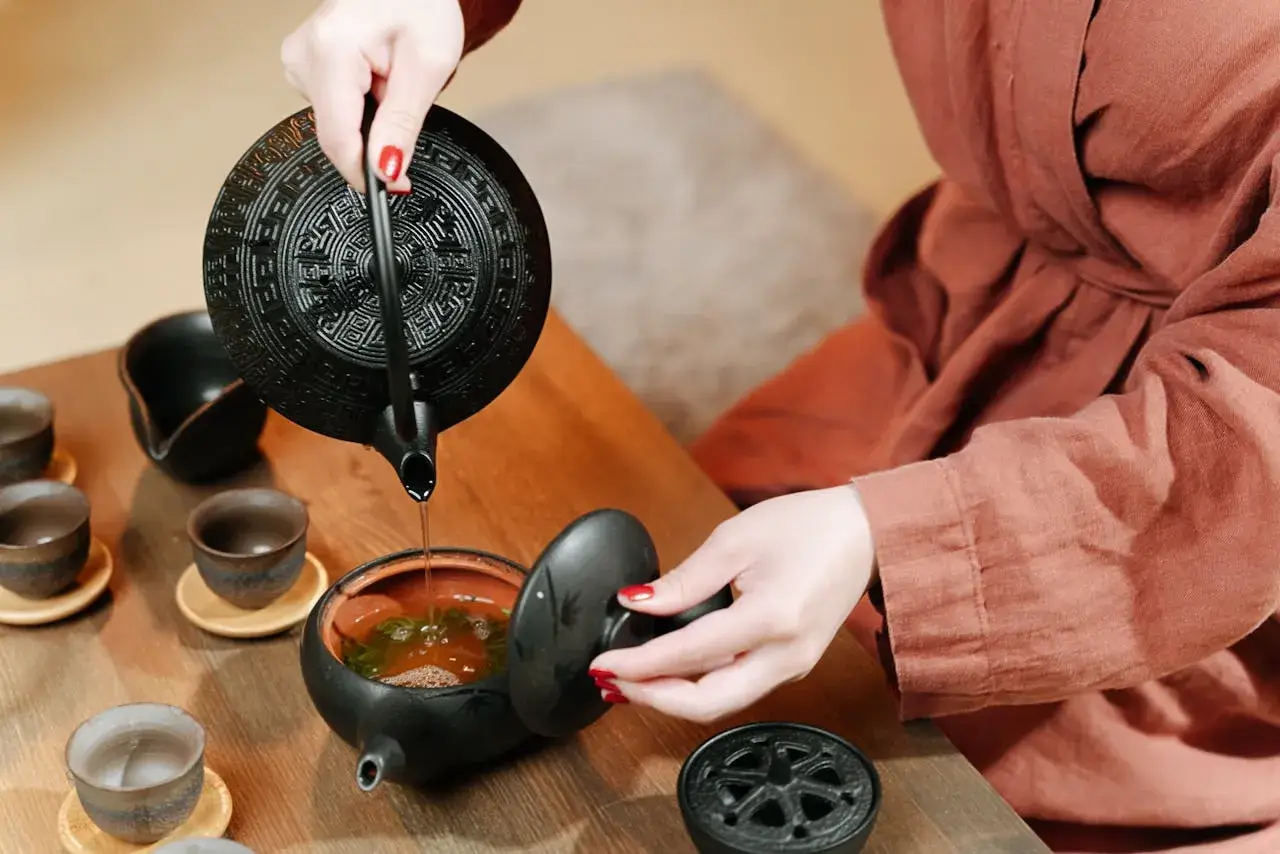Table of Contents
Russian tea culture is a captivating blend of history, customs, and rituals that have shaped the country’s identity for centuries. Tea is not just a beverage in Russia, but a symbol of hospitality, family bonding, and social interaction. As one of the largest tea consumers in the world, Russia has developed its own distinctive way of enjoying this drink, making Russian tea culture a unique experience that you simply cannot miss.
In this article, we will explore the fascinating traditions of Russian tea culture, delving into how tea is served, the role of the iconic samovar, and the significance of tea in Russian social life. By the end, you’ll have a newfound appreciation for how tea is intricately woven into the fabric of Russian society.
The Origins of Russian Tea Culture
Russian tea culture has a long and storied history dating back to the 17th century. Tea was first introduced to Russia through trade routes from China, specifically along the Silk Road. Unlike in Western Europe, where tea came primarily from India, Russia’s tea had a distinctly Chinese influence due to its geographic proximity. By the mid-1600s, tea was becoming increasingly popular among the Russian aristocracy, and eventually, it made its way into the homes of ordinary citizens. This slow but steady introduction of tea set the stage for a thriving tea culture that would become an integral part of Russian life.
👉 Premium Blend with a Smoky Twist – Try Russian Caravan! 👈
The Samovar: A Symbol of Russian Tea Culture
One of the most recognizable elements of Russian tea culture is the samovar, a large metal container used to boil water and make tea. The samovar has become a cultural icon, symbolizing warmth, hospitality, and family gatherings. Originating in the 18th century, the samovar is designed to keep water hot for long periods, allowing people to enjoy tea at any time of day. Traditionally, a samovar would be placed in the center of the table, and family members or guests would gather around it, sipping tea and engaging in conversation.

The samovar not only serves a practical purpose but also has deep symbolic meaning. It is often passed down through generations as a family heirloom, making it a cherished part of many Russian households. The ritual of preparing tea with a samovar can be a lengthy process, adding to the sense of ceremony that surrounds tea drinking in Russia.
How Russian Tea is Served: The Rituals and Etiquette
The way tea is served in Russia is markedly different from how it is enjoyed in other countries. First and foremost, tea in Russia is typically very strong. Russians use a highly concentrated tea brew called “zavarka”, which is made by steeping tea leaves in a small teapot. To serve, a small amount of zavarka is poured into a cup, and hot water is added from the samovar to dilute the brew. This method allows each person to adjust the strength of their tea to their liking.
In Russian households, tea is often served with a variety of accompaniments. These include sugar cubes, lemon slices, honey, fruit preserves, and biscuits. It’s not uncommon for Russians to sweeten their tea by holding a sugar cube between their teeth and sipping the tea through it—a practice that adds a subtle sweetness without dissolving the sugar directly into the cup.
In terms of etiquette, offering tea to a guest is seen as a sign of respect and hospitality. Refusing a cup of tea might be considered impolite, so even if you’re not a big tea drinker, it’s customary to accept and at least take a sip. The ritual of tea drinking can last for hours, especially in social settings, where it becomes an excuse for long conversations.
👉 Travel Back in Time – Experience Russian Caravan Tea! 👈
Russian Tea Culture and Social Life
Tea holds a special place in Russian social life. Unlike in Western cultures, where coffee shops and cafes are the primary venues for social interaction, tea drinking remains an essential part of social gatherings in Russia. Whether it’s a casual family meal, a gathering of friends, or a formal event, tea is always present. In fact, many important conversations, business deals, and family decisions are made around the tea table.
“Chai pit’ye”, or “tea drinking,” is the Russian term for this communal activity, and it’s seen as a way to strengthen bonds and foster a sense of community. The slow pace of drinking tea—especially when using a samovar—creates an atmosphere of relaxation and encourages people to take their time. Unlike the fast-paced coffee culture found in many parts of the world, Russian tea culture is about savoring the moment and enjoying each other’s company.
Russian Black Tea: The Beverage of Choice
When it comes to the type of tea Russians prefer, black tea reigns supreme. Russian black tea is usually strong, bold, and robust, fitting the harsh climates and long winters that many parts of the country experience. One of the most famous Russian black teas is Karakum, a blend that originates from Central Asia and offers a rich, earthy flavor with hints of spices.

Russians often enhance the flavor of their black tea by adding lemon or a spoonful of jam, a unique practice that adds sweetness and balances the tea’s bitterness. Another popular way to drink black tea in Russia is Russian Caravan tea, a smoky blend that gets its distinct flavor from the long journeys tea used to make across the Asian steppes in camel caravans.
👉 Rich, Rustic, and Unforgettable – Brew Russian Caravan Today! 👈
The Evolution of Russian Tea Culture in the Modern Age
While traditional Russian tea culture remains deeply ingrained in the country’s identity, modern life has introduced some changes. Today, tea bags and electric kettles are common in many Russian homes, replacing the traditional samovar in most cases. However, the essence of tea drinking—slow, communal, and warm—remains unchanged.
Younger generations have also embraced new flavors and varieties of tea, such as green tea and herbal blends, reflecting a global trend toward healthier beverages. Despite these shifts, the strong preference for black tea and the love for tea rituals are still very much alive, particularly in rural areas and among older generations.
Russian Tea Culture: A Journey Through Time and Taste
In conclusion, Russian tea culture is more than just a way to enjoy a hot beverage—it’s a rich tapestry of history, tradition, and social interaction. From the iconic samovar to the intricate tea-serving rituals, tea in Russia symbolizes warmth, hospitality, and community. Whether you’re sipping strong black tea with a slice of lemon or sweetening your cup with a sugar cube, you are participating in a centuries-old tradition that continues to unite people across generations.
Russian tea culture has evolved over time, but its core values of hospitality, relaxation, and social connection remain unchanged. As you explore this fascinating tradition, you’ll find that tea is not just a drink in Russia; it’s an integral part of the nation’s soul.
👉 Sip the Smoke of Ancient Trails – Enjoy Russian Caravan! 👈




![Jasmine Tea vs Green Tea Benefits: Which Gives Better Health Results? [2025] jasmine tea vs green tea benefits](https://www.goteaworld.com/wp-content/uploads/2025/09/jasmine-tea-vs-green-tea-benefits-150x150.webp)

![[4] Ancient Principles of Japanese Tea Ceremony: A Master's Guide for 2025 4 principles of japanese tea ceremony](https://www.goteaworld.com/wp-content/uploads/2025/09/4-principles-of-japanese-tea-ceremony-150x150.webp)



![Pu Erh Tea vs Green Tea: Which is Better for Daily Health? [2025] pu erh tea vs green tea](https://www.goteaworld.com/wp-content/uploads/2025/10/pu-erh-tea-vs-green-tea-150x150.webp)


